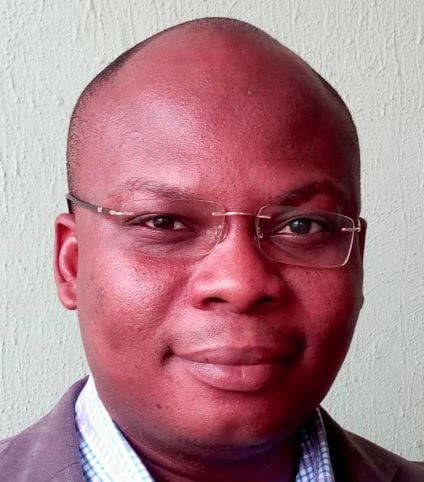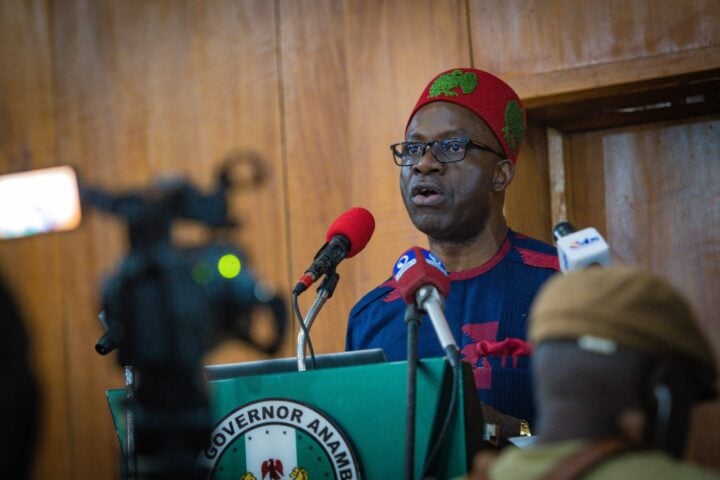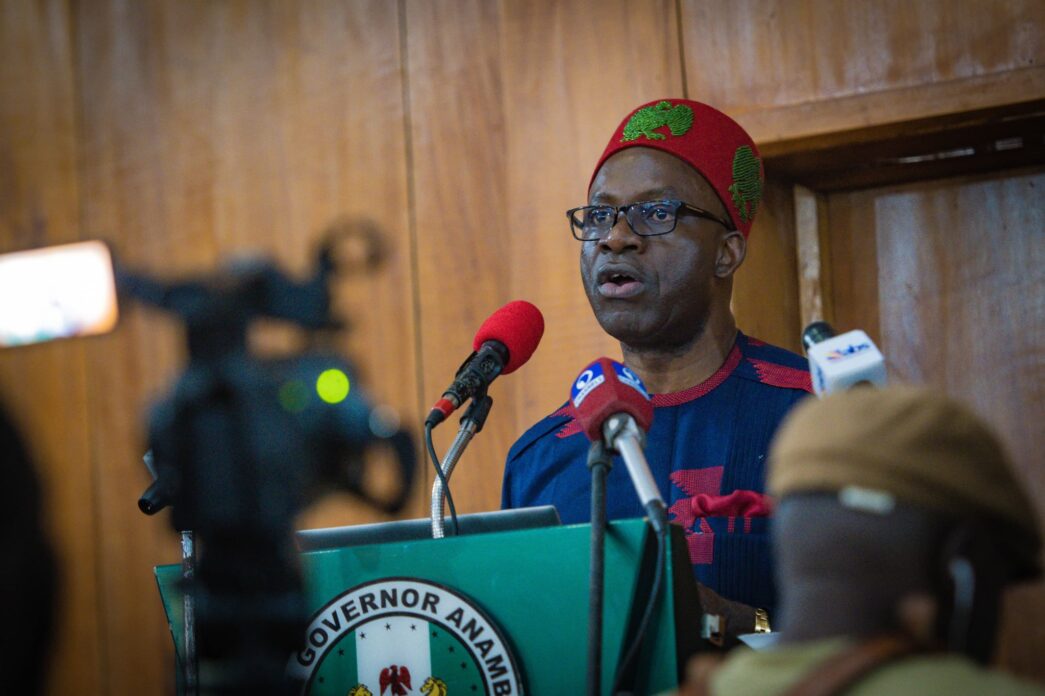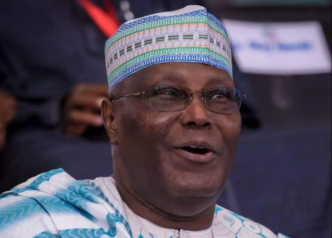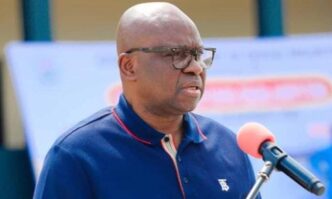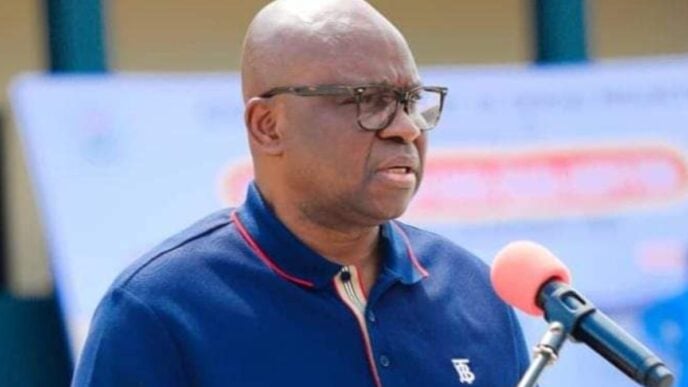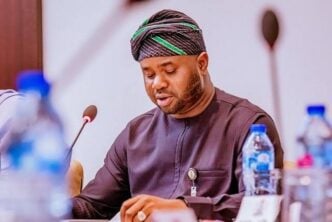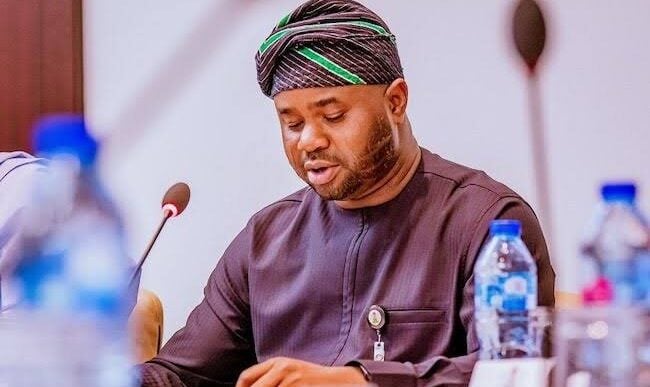In March 2022, in the valedictory session of the Willie Obiano-led Anambra State Executive Council Meeting, Chukwuma Soludo, who was then the governor-elect and chairman of Anambra’s Vision 2070 60-member Committee, submitted the ‘Anambra Vision 2070 Report’ to former Governor Willie Obiano. Today, Chukwuma Soludo is governor and he is diligently implementing Anambra’s Vision 2070 concurrently with his manifesto (the Soludo Solution) and recommendations from the 2022 Oby Ezekwesili-led Transition Committee. These documents are being implemented in a very disciplined manner because they are very important development plans for Anambra.
Anambra Vision 2070 is a 50-year strategic development plan. The vision has a time-frame for the implementation of short, medium and long-term phases of the strategic vision of the state. The core objective of this vision is to make ‘’Anambra a prosperous, self-reliant and inclusive economy that is industrialized, technology driven and export-oriented by 2070’’. These documents had inputs from experts in economics, health, infrastructure, law, youth, culture, and the Anambra diaspora. It was well-thought through. It is a document that the people of Anambra can proudly say they own because it was developed after wide consultations were carried out.
The key focus areas of Anambra Vision 2070, which is diligently being implemented by the Soludo-led administration, are: Economic Transformation, Human Capital Development, Governance and Institutions, Infrastructure and Urban Development, Social Development and Inclusion; Environmental Sustainability and Diaspora Engagement.
This 50-year vision has three major identified timelines: Foundation Phase, Consolidation Phase and Global Competitiveness Phase. In the Foundation Phase, the plan is to build critical infrastructure, institute fundamental reforms and strengthen the human capital base in Anambra. In the Consolidation Phase, the vision is to expand industrial clusters and innovation hubs in Anambra and in the Global Competitive Phase, the plan is to have the full realization of smart cities, high-income and innovation driven economy.
Advertisement
More importantly, the vision has a monitoring and evaluation (M&E) framework with KPIs, periodic reviews, and scorecards to ensure government accountability and citizen engagement. The progress of any development plan needs to be measurable so that it does not go the way of some development plans Nigeria has had which did not achieve their goals (Nigeria has had Vision 2010, Vision 20:2020, etc.).
Interestingly, the Governor Chukwuma Soludo-led administration is aggressively pursuing the foundation and consolidation phases of Anambra’s development plan. Having achieved the foundational phase in the last 3 years, this column believes that Governor Soludo is on track to implementing the consolidation phase in the next 4 years. The vision to make Anambra a first world subnational entity is on course.
The enablers for Anambra’s leap into prosperity have been instituted by the Governor Soludo-led administration. These enablers range from the administration’s land reforms, public financial management reforms (the administration has instituted prudent management mechanisms), massive infrastructural development (over 800km of road and bridge projects awarded and major roadways are being dualized; over 3000km of road has been made motorable through the state’s pothole repair program), investment in tech (over 200km of fibre optics cable are being laid in the state) and aggressive human capital development and its associated infrastructure.
Advertisement
In order to fast-track development, leaders need well-documented plans and vision statements which should be diligently implemented. Development takes time and planning. Rome was not built in a day. Take Singapore for example. Singapore has had several development plans: Sustainable Development Blueprint (2009) which is a 20-year plan focused on balancing growth with sustainability; Master Plan (updated every 5 years) which is a statutory land use plan; Five-Year National Development Plans (1960s–1980s); Concept Plan (1971, updated every 10 years), etc.
People who aspire to leadership positions should have well-thought-out plans. Leaders must also be ready to amend their plans as realities change but, fundamentally, there must be a vision. Granted, some parts of even the best development plans could be modified and tweaked as they are implemented. Development plans must be living documents which should be regularly revised based on data and long-term foresight. This is the current development policy being pursued in the Governor Soludo-led administration in Anambra.
Unfortunately, today, most – if not all the candidates in the opposition camp who are aspiring to be governor in the forthcoming elections in Anambra – do not have well-written and articulated manifestos and we are a few months to the Anambra November elections. Many in the opposition camp in Anambra are just mouthing empty campaign slogans and populist catchphrases on security, economy and agriculture. This column has not been able to lay its hand on any well-articulated and coherent manifesto plan written by any of the opposition candidates in the coming Anambra elections (may be because they know they stand no chance in the elections). Of course, most of them have not taken time to think about robust policies and implementation strategies. Anyways, they are likely to come up with cut and paste documents in the coming weeks. Having a manifesto, for them, is a part of the check list that they must tick.
The vision to make Anambra a prosperous, livable, and globally competitive homeland for its residents is on course and Governor Soludo is on the right path.
Advertisement
Views expressed by contributors are strictly personal and not of TheCable.
